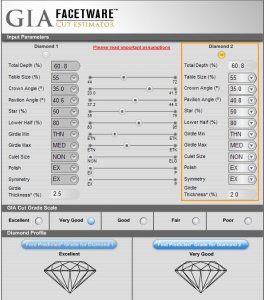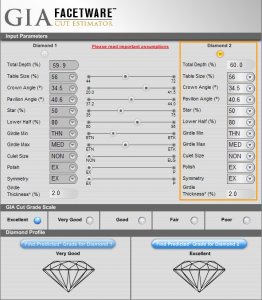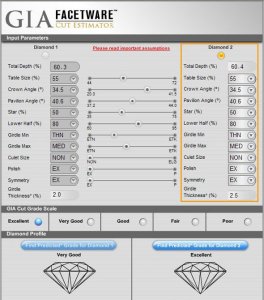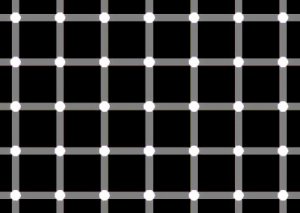- Joined
- Aug 15, 2000
- Messages
- 18,484
Dave it is still not quite that easy:
Perhaps as a result of the Darwinian survival of successful hunters, we have an instinctive ability to estimate the position of a deer running through a heavily wooded forest. Although we only see occasional glimpses of the deer, in our mind we see the deer almost continually. When you rock a diamond (see fig 7.) your mind may perceive sparkles from different areas of the gem as being the same continual rolling flash. At this link www.cutstudy.com/cut/english/grading1/4.htm you can play a virtual game that helps illustrate this concept.
I do not think direct light readings can overcome this
Perhaps as a result of the Darwinian survival of successful hunters, we have an instinctive ability to estimate the position of a deer running through a heavily wooded forest. Although we only see occasional glimpses of the deer, in our mind we see the deer almost continually. When you rock a diamond (see fig 7.) your mind may perceive sparkles from different areas of the gem as being the same continual rolling flash. At this link www.cutstudy.com/cut/english/grading1/4.htm you can play a virtual game that helps illustrate this concept.
I do not think direct light readings can overcome this





















300x240.png)